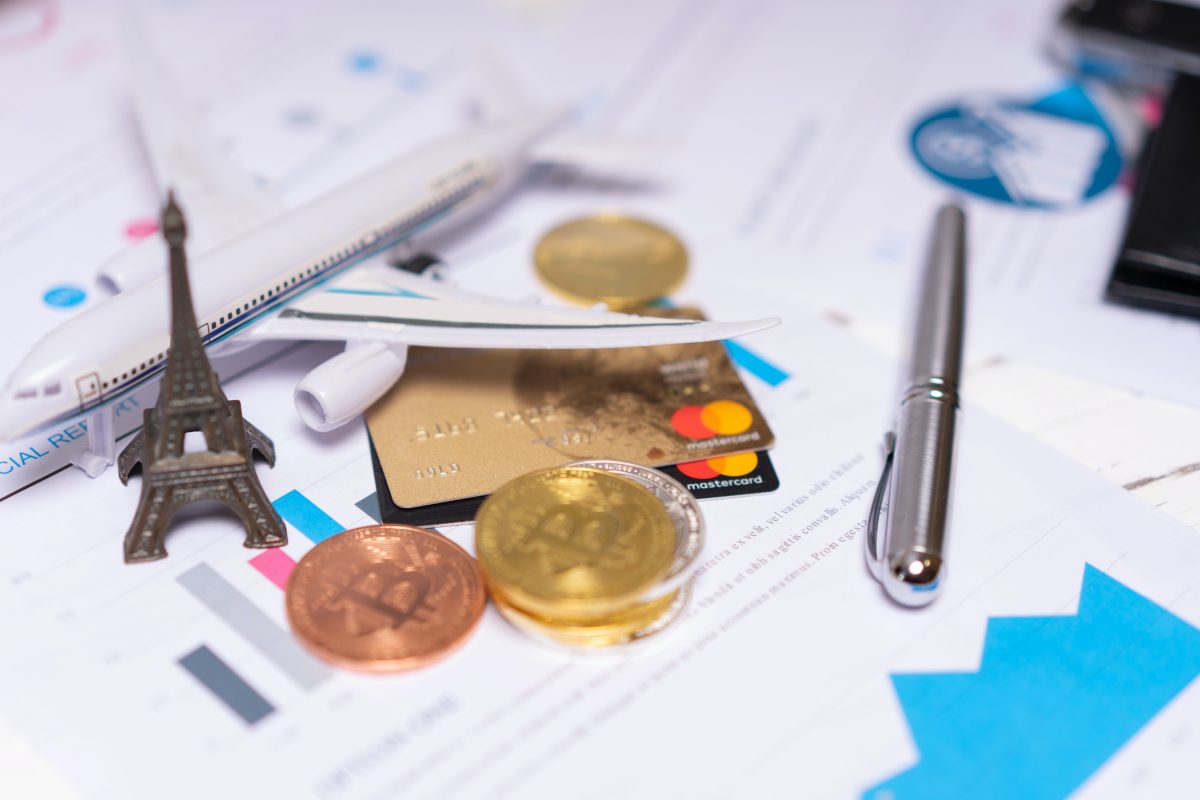Inside This Article
- Increased Liquidity through Asset Tokenization
- Transformation of Industries: Real Estate, Art, and Intellectual Property
- Overcoming Challenges
- Conclusion
Key Takeaways:
- Asset tokenization is revolutionizing traditional financial systems by digitizing various assets and democratizing investment opportunities.
- Tokenization increases liquidity by allowing instant buying, selling, and trading of previously illiquid assets, such as real estate and artwork.
- Tokenization has the potential to transform industries like real estate, art, and intellectual property, enabling fractional ownership, unlocking liquidity, and enhancing transparency.

The concept of asset digitization has emerged as a transformative force, reshaping traditional financial systems and democratizing access to investment opportunities. From real estate and artwork to intellectual property and even time itself, the tokenization of assets is revolutionizing how we perceive and interact with value.
Tokenization refers to the process of converting physical or intangible assets into digital tokens on a blockchain network. Quantum ai is an example of a platform designed to facilitate this trade. This platform allows individuals to experience the freedom of unwinding while their earnings accumulate effortlessly. These tokens, representing ownership or rights to an underlying asset, provide individuals with fractional ownership and enable seamless transferability. With the potential to unlock previously inaccessible markets, this disruptive technology has the power to revolutionize the way we invest, trade, and transact.
Increased Liquidity through Asset Tokenization
One of the key benefits of asset tokenization lies in its ability to increase liquidity. Traditionally illiquid assets, such as real estate or fine art, can be transformed into digital tokens that can be bought, sold, and traded instantly on a global scale. This opens up investment opportunities to a wider pool of investors, empowering individuals who were previously excluded from high-value markets due to financial barriers. Fractional ownership allows investors to diversify their portfolios and gain exposure to a broader range of assets.
Real estate, in particular, stands to benefit significantly from tokenization. The traditionally cumbersome process of buying or selling property can be streamlined by issuing digital tokens that represent fractional ownership. Investors can now access real estate markets with smaller amounts of capital, while property owners can unlock liquidity by selling a portion of their holdings. Moreover, the transparency and security offered by blockchain technology reduce the potential for fraud and ensure the integrity of property records.
The tokenization of assets also has profound implications for the art market. Historically, art investment has been reserved for the wealthy elite, making it an exclusive and often opaque market. By tokenizing artworks, collectors can sell fractional shares of their collections, enabling broader participation and introducing liquidity to the market. Moreover, blockchain technology can authenticate the provenance and ownership history of artworks, mitigating the risk of forgery and increasing trust among buyers.
Transformation of Industries: Real Estate, Art, and Intellectual Property
Intellectual property, another area poised for transformation, can be tokenized to protect the rights of creators while providing new opportunities for investors. Musicians, writers, and artists can tokenize their creative works, granting ownership rights to token holders. This allows creators to monetize their intellectual property while retaining control over their work. Investors, on the other hand, can support their favorite artists and potentially benefit from future royalties or the appreciation of the tokens.
As asset tokenization continues to gain momentum, some proponents envision a future where almost anything can be tokenized. Even time itself can be divided into tokens, enabling individuals to sell or trade their time as valuable asset. This concept opens up possibilities for freelance professionals, consultants, and service providers to monetize their skills on a time-based basis, creating a new form of decentralized gig economy.
Overcoming Challenges
However, as with any disruptive technology, tokenization comes with its challenges and considerations. Regulatory frameworks must adapt to this new paradigm to ensure investor protection and prevent illicit activities. Standards for disclosure, reporting, and governance need to be established to safeguard against fraudulent token offerings and ensure market transparency. Additionally, scalability and interoperability issues must be addressed to facilitate seamless token transfers across different blockchain networks.
Despite these challenges, the future of asset tokenization appears promising. By democratizing access to investment opportunities, increasing liquidity, and enhancing transparency, tokenization has the potential to reshape the financial landscape as we know it. It empowers individuals, encourages innovation, and paves the way for a more inclusive and equitable economy.
Conclusion
As we progress, it’s crucial to responsibly embrace asset tokenization, harnessing its potential for positive change. This powerful tool unlocks value, breaks barriers, and promotes financial inclusion. By exploring its possibilities and understanding its impact, we can shape a future where tokenization drives progress and prosperity.
